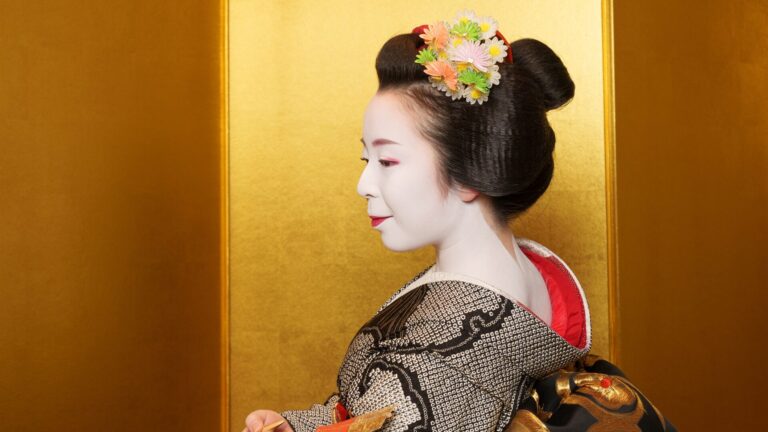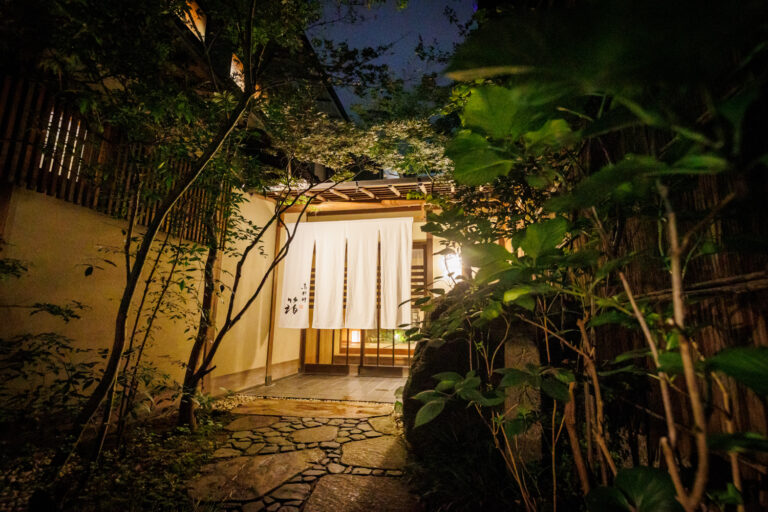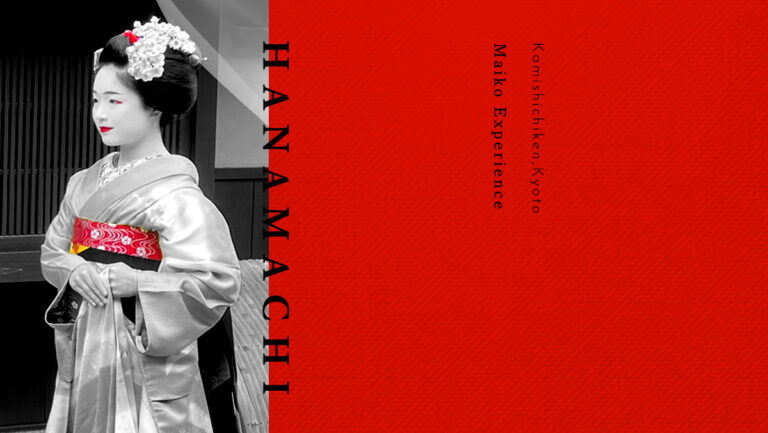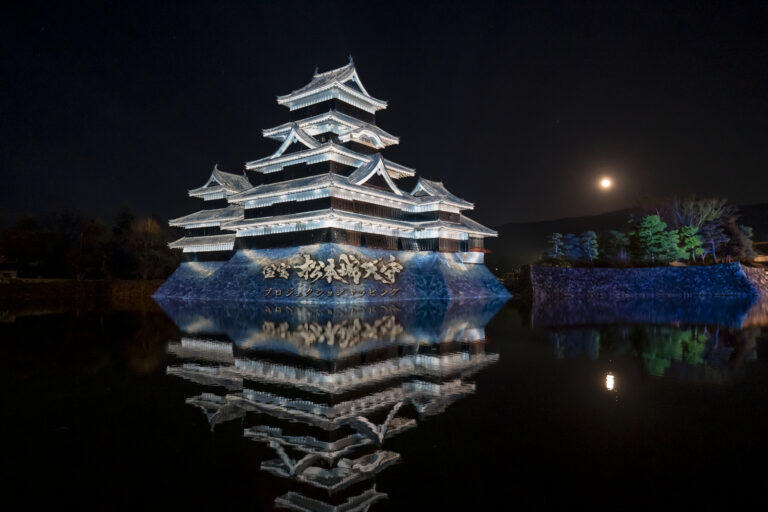A Visual Feast of Traditional Performing Arts from a Fresh Perspective, Through Sound and Image
The creative company ‘Afro&Co.’, led by the trendsetting creators ‘Afromance’, in collaboration with Saga Prefecture, has released a unique video work titled ‘Scenic Traditional Performing Arts 2023’ on their YouTube channel ‘Saga Prefecture Traditional Performing Arts’. This project showcases Saga’s traditional performing arts against the backdrop of the region’s breathtaking landscapes.
Filmed in Historic Turning Points: Yoshinogari Historical Park and Nagoya Castle Ruins
‘Scenic Traditional Performing Arts’ is a video series designed to promote Saga Prefecture’s traditional performing arts, which face a succession crisis, to younger generations who are less familiar with them. The first installment was released in November 2020, and this latest one marks the fourth in the series.
This edition, themed ‘Passing on Fragments of History’, was filmed at locations integral to Japan’s historical transitions, such as Yoshinogari Historical Park, Saga Castle Honmaru History Museum, and Nagoya Castle Ruins. The final scene was shot at the SAGA Arena, a new entertainment hub that opened in May 2023. The performances feature three groups: ‘Ukiryu Genba-ryu’, ‘Taikagura’, and ‘Kuhara’s Nenbutsu’.
This work was also screened at the 6th Traditional Performing Arts Festival held at SAGA Arena on November 19, 2023. Enjoy this visual journey that connects fragments of history, weaving a narrative of a journey through time and a prayer for the future generations to come.
About Traditional Performing Arts
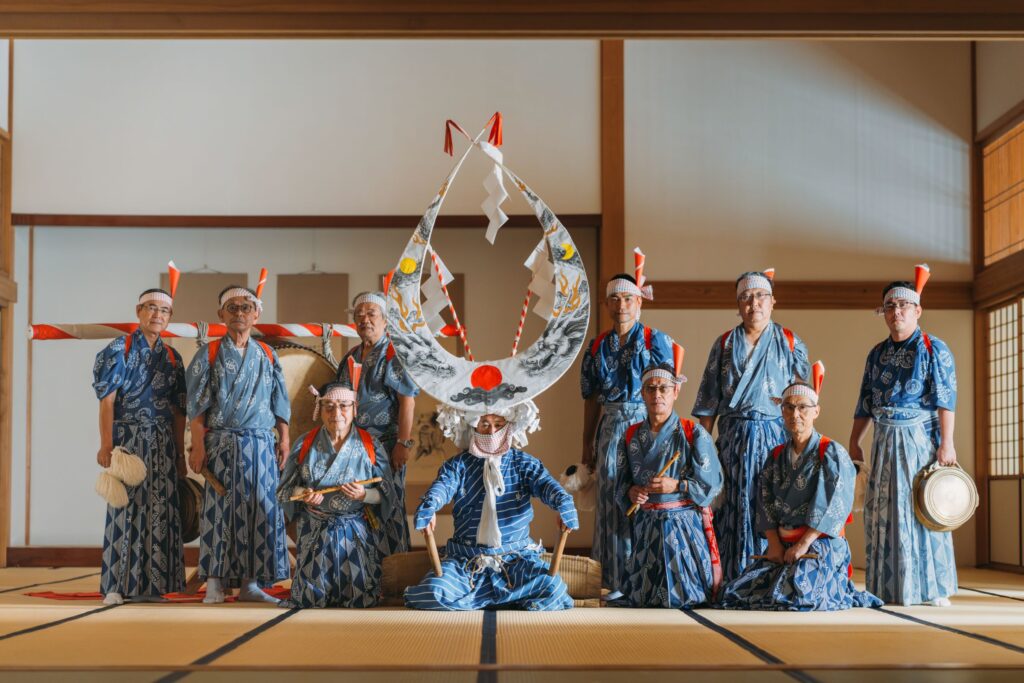
Ukiryu Genba-ryu (Saga City)
Group Name: Higashikanno Tensho Mai Ukiryu Preservation Society
The origins date back to 1556, when the chief priest, Yamamoto Genba, dedicated a performance of Ukiryu to the Horei Dai-Myojin deity as a rain prayer. The Tensho Mai dance, characterized by a crescent moon-shaped Tensho worn on the forehead, along with performances featuring large and small drums, flutes, cymbals, and chanters, are part of the Ukiryu showcase. The region has many groups following the Genba-ryu tradition of Ukiryu.
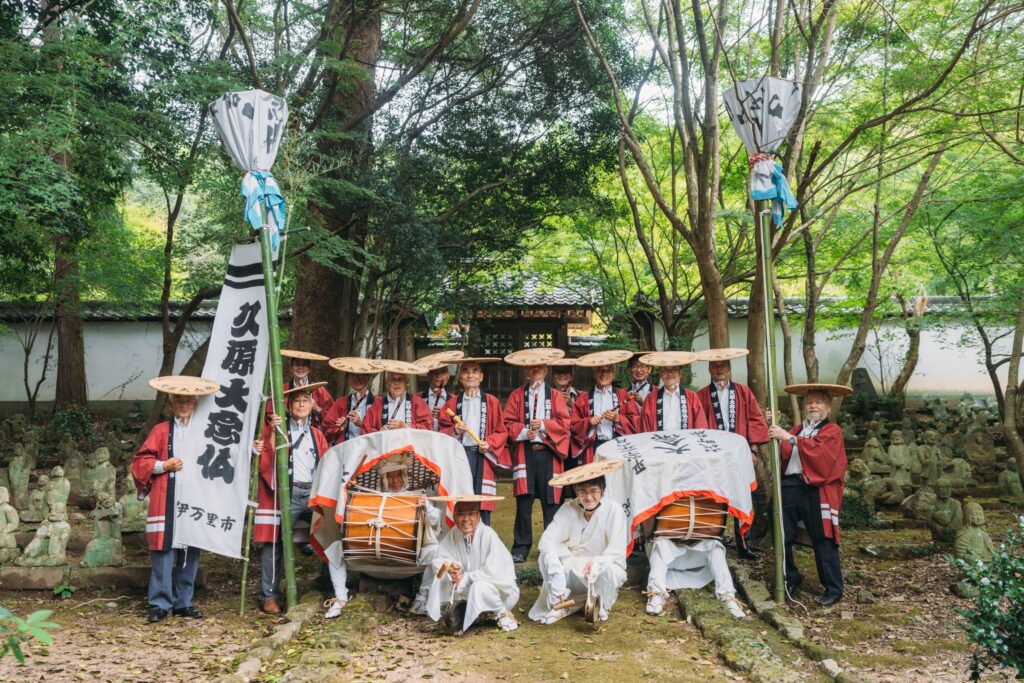
Kuhara’s Nenbutsu (Imari City)
Group Name: Kuhara Nenbutsu Preservation Society
The Nenbutsu dance in Kuhara, a tradition in the old Yamashiro-go (Higashiyamashiro and Yamashiro towns), has retained its form shortly after transitioning from a religious ritual to a performing art. Believed to be performed exclusively in the old Yamashiro area, it’s incredibly precious. Traditionally, natural disasters like droughts were thought to be caused by the wrath of lost souls (spirits of those who died unexpectedly), and the Nenbutsu was performed to appease these spirits, often as a rain prayer. Though it once vanished, the townspeople have revived and continued this tradition.
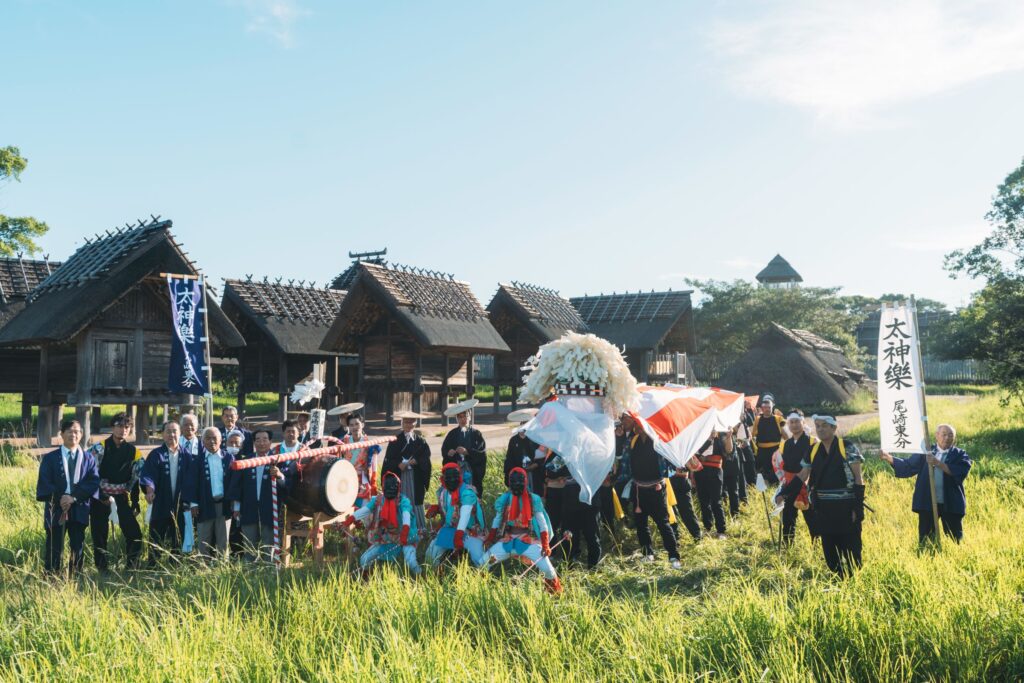
Taikagura (Kanzaki City)
Group Name: Ozaki Higashibun Taikagura Preservation Society
The lion dance is a ritual performed biennially during the spring festival at Kushi Shrine in Kanzaki Town. It is one of the most representative forms of Taikagura passed down in the region. This performing art, rooted in beliefs of warding off evil spirits, holds significant value and is designated as an Important Intangible Folk Cultural Property of Saga Prefecture. The lion dance features a single lion, under which several young people gather. A boy, dressed in a woman’s long undergarment and wearing a black elder mask, plays the role of the lion tamer, guiding the lion’s movements.
About Saga’s Stunning Scenery

Saga Castle Honmaru History Museum (Saga City)
This historical museum is a faithful reconstruction of a part of the Saga Castle Honmaru Palace from the late Edo period. It presents the history of Saga during the Bakumatsu and Meiji Restoration period, highlighting the domain’s contributions to Japan’s modernization through science and technology and its notable figures. As Japan’s largest wooden reconstruction building, it offers a glimpse into the ambiance of that era.
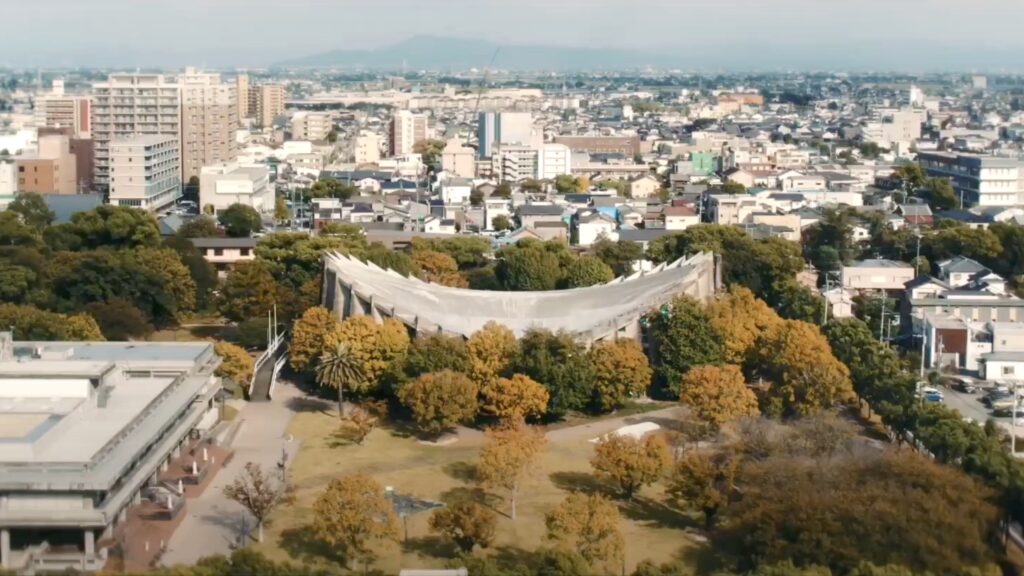
Ichimura Memorial Gymnasium (Saga City)
Constructed in 1963 by Saga-born businessman and Ricoh’s founder, Mr. Ichimura Sei, and later donated to Saga Prefecture. The building, designed by Junzo Sakakura, a student of the globally renowned architect Le Corbusier, features a unique design reminiscent of a crown from the front and a horse stable from the side.
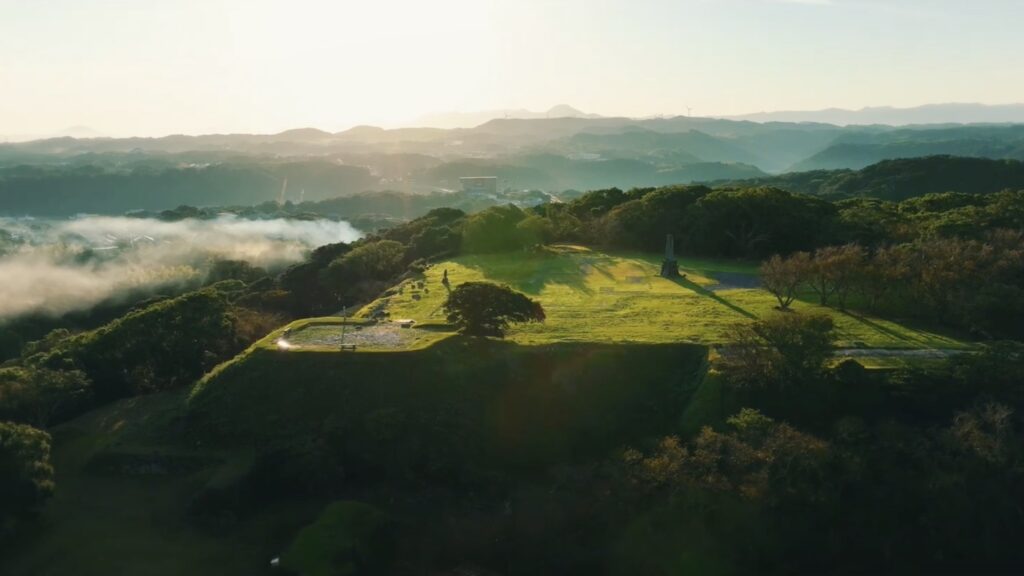
Nagoya Castle Ruins (Karatsu City)
These are the ruins of Nagoya Castle, built during Toyotomi Hideyoshi’s Bunroku and Keicho campaigns. At the time, the castle was second only to Osaka Castle in size, with over 130 encampments of various daimyo constructed around it, drawing over 200,000 people from across the country. Even after more than 430 years, it still retains the vestiges of its past.

Kokouzan Kōiwa-ji 500 Arhats (Ogi City)
Kōiwa-ji, the ancestral temple of the Nabeshima clan of the Ogi Saga domain, was established over 300 years ago. Within its grounds, various statues of Arhats, each with distinct expressions, are enshrined, with over 200 figures remaining today. (Arhats in Buddhism refer to the disciples who followed Buddha.) These expressive Arhats entertain and fascinate visitors.
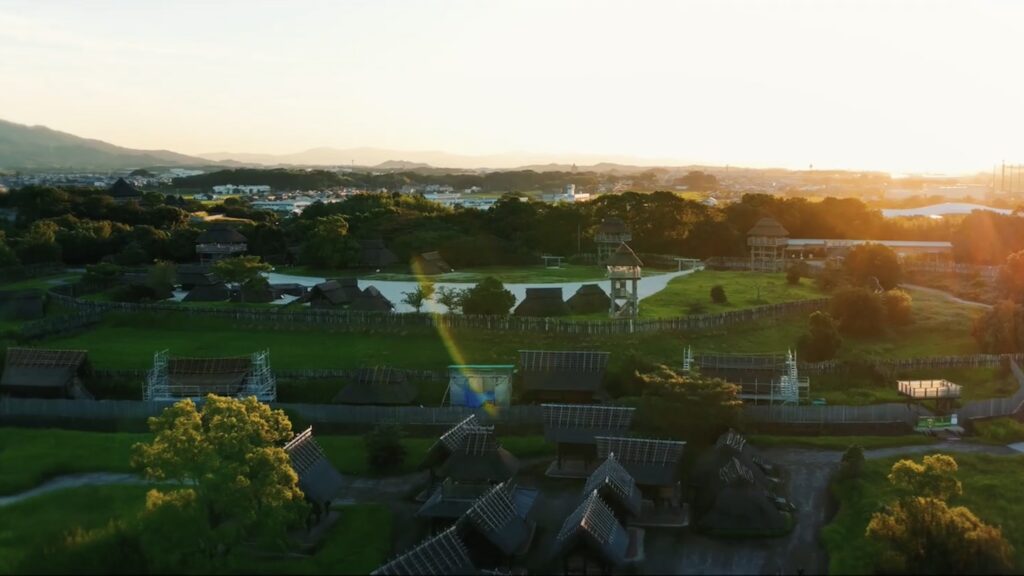
Yoshinogari Historical Park (Yoshinogari Town)
This national park was established to preserve and utilize the Yoshinogari site, Japan’s largest Yayoi period moated settlement ruins. Covering about 54 hectares, the park features 98 reconstructed Yayoi period buildings, recreating the lifestyle of that era. Visitors can experience the Yayoi period on a grand scale. It’s a historical and cultural park that Saga Prefecture proudly showcases to the world.

SAGA Arena (Saga City)
Opened in 2023, this modern entertainment arena boasts approximately 8,400 seats. It serves as the home ground for local sports teams and is versatile enough to host concerts, MICE (Meetings, Incentives, Conferences, and Exhibitions), and various other events. Equipped with three large screens, a first in Japan, it enables powerful video and lighting effects, injecting a new vitality into Saga’s sports and cultural scene. This large-scale facility is a beacon of Saga’s innovation.
Collaboration with a Trending Photographer on Social Media Capturing the Dance of Traditional Performing Arts
For this video project, a collaboration was formed with Moronnon, a photographer widely known for her work in advertising and magazines. She accompanied the entire process, contributing not only to the video but also undertaking still photography. The photos, featuring the dance of traditional performing arts set against Saga’s stunning landscapes, capture the continuation of history, culture, and the emotions of the people, all through Moronnon’s earnest and unique perspective. These vibrant and emotive photographs bring to life the essence of Saga’s traditional performing arts.
Moronnon, a young and talented artist, has created compelling photographs that convey the current state of Saga’s traditional performing arts. These works, transcending regions and generations, are attracting a wide audience, making them truly remarkable.
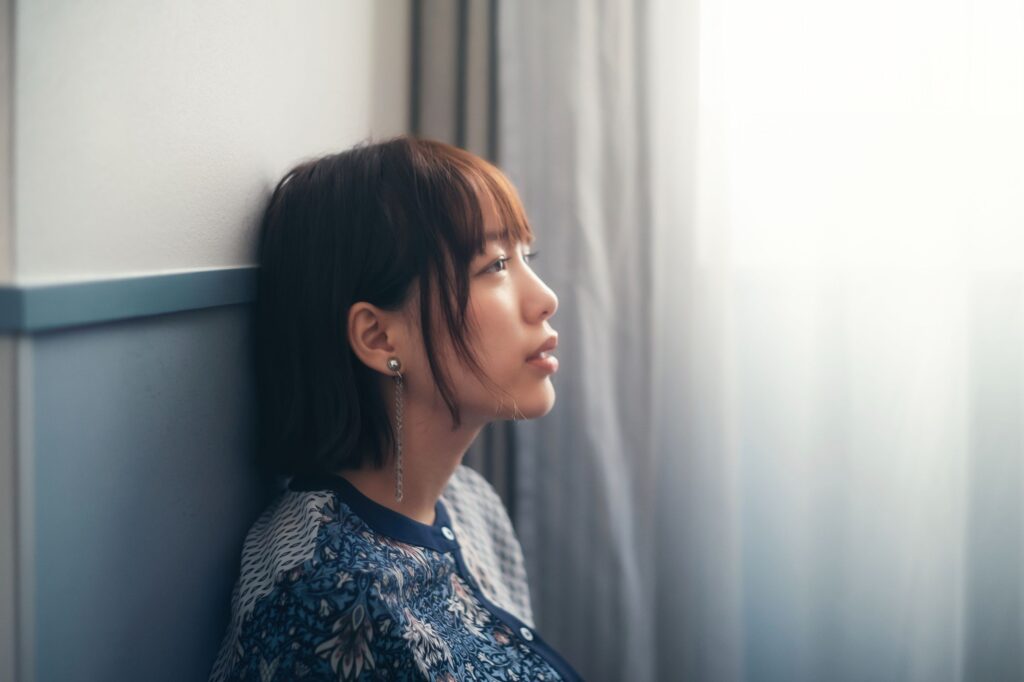
Moronnon’s works can be viewed on the official website of ‘Scenic Traditional Performing Arts’, ‘DENSHOW’ at https://denshow.saga.jp/work04/.
Experience Tradition and Comfort in Saga’s Accommodations
Looking for the perfect place to stay while immersing yourself in the charms of Saga and its traditional performing arts? ‘Saga Trip Genius’, the official tourism site, is your ideal guide to finding cozy accommodations in Saga Prefecture. After experiencing the breathtaking traditional performances and scenic beauty, relax in a welcoming inn that embodies Saga’s hospitality. It’s the perfect starting point for planning your journey: Saga Trip Genius.”
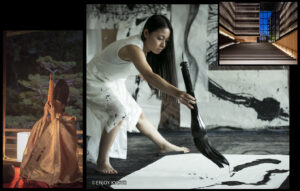
![[Pullman Tokyo Tamachi]Cherry blossom festival, “Spring High Tea” is now available, a “not sweet” afternoon tea with champagne](https://japansnap.com/wp-content/uploads/2024/04/1713075404_Pullman-Tokyo-TamachiCherry-blossom-festival-Spring-High-Tea-is-now-300x200.jpg)
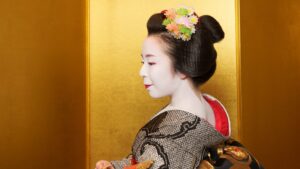
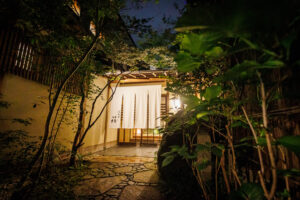

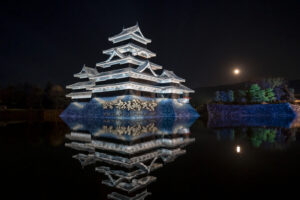
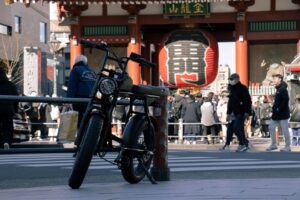

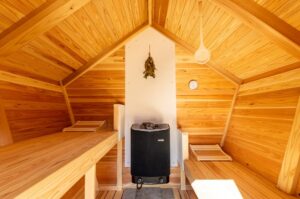

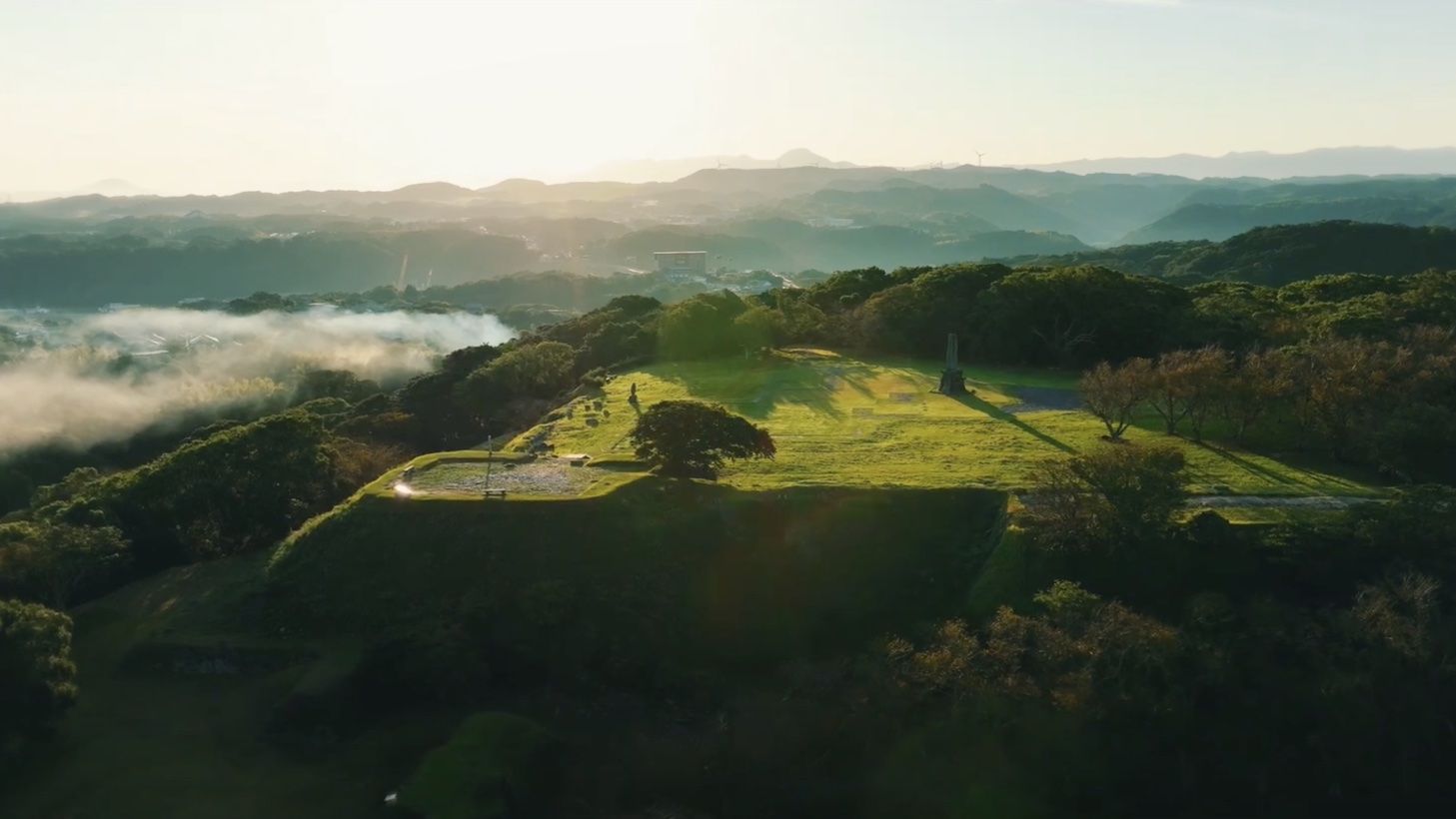
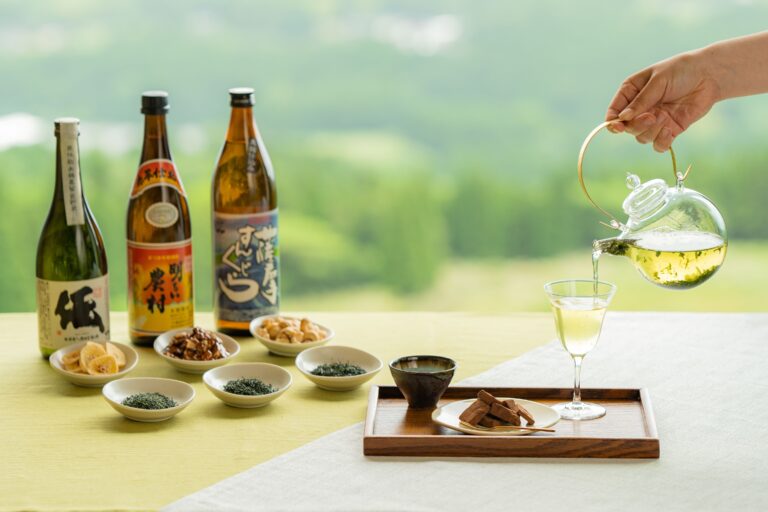
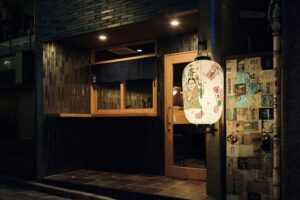
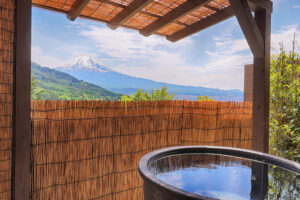

![[Pullman Tokyo Tamachi]Cherry blossom festival, “Spring High Tea” is now available, a “not sweet” afternoon tea with champagne](https://japansnap.com/wp-content/uploads/2024/04/1713075404_Pullman-Tokyo-TamachiCherry-blossom-festival-Spring-High-Tea-is-now-768x513.jpg)
